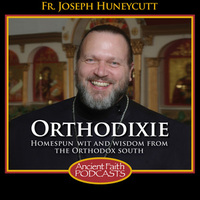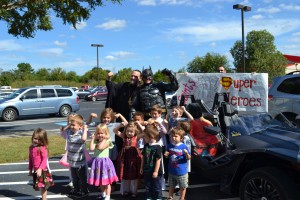|
Taken from today’s edition of The Writer’s Almanac:
It was on this day in 1818 that the carol “Silent Night” (Stille Nacht! Heilige Nacht!) was first performed at the Church of St. Nicholas in Oberndorf, Bavaria. Father Joseph Mohr was working there as a young priest, and had written the poem two years earlier.
Legend has it that as Christmas approached, the church pipe organ was broken, threatening a Midnight Mass without music. Father Mohr paid a quick visit to the choir director, Franz Gruber, and asked him to compose a melody for his Christmas poem. Late that night, the two performed the carol as a duet at the Midnight Mass. Father Mohr sang tenor and played the guitar while Gruber sang bass. The song was immediately popular throughout the village, and copies of the sheet music soon began to spread around the country. By the middle of the 19th century, it was embraced throughout Europe, and was being sung by folk singers, church choirs, and in the courts of kings. It is now sung in 300 languages around the world.
Father Mohr died penniless 30 years after that first performance, having donated his entire church salary to care for the elderly. He also founded a school in Wagrain, in the Austrian state of Salzburg. The school — which still stands near the parish house where Father Mohr once lived — provided education for children of the poor. The song’s composer, Gruber, remained unknown in his lifetime, and many believed that “Silent Night” was the work of Haydn, Mozart, or Beethoven — a myth that persisted into the 20th century. It wasn’t until 18 years ago that a copy of the original sheet music was authenticated and the original composers were officially credited.
And it was also on this day in 1914 — nearly a hundred years after it was written — that German soldiers along the Western Front began singing “Silent Night”(Stille Nacht) from their frozen trenches. German troops fighting in Belgium began decorating their trenches and singing Christmas carols. Their enemy, the British, soon joined in the caroling. The war was put on hold, and the soldiers greeted each other in “No Man’s Land,” exchanging gifts of whiskey and cigars. In many areas, the truce held until Christmas night, while in other places the truce did not end until New Year’s Day. In one area, the opposing sides played a soccer match together.
British commanders Sir John French and Sir Horace Smith-Dorrien disapproved of the truce, and they ordered artillery bombardments on Christmas Eve in the remaining years of the war. Troops were also rotated with regularity to keep them from growing too familiar with the enemy troops in the close quarters of trench warfare. The Christmas truce was a war tradition of the 19th century, and its disappearance marked the end of wartime protocols of that time. Image Source
|











